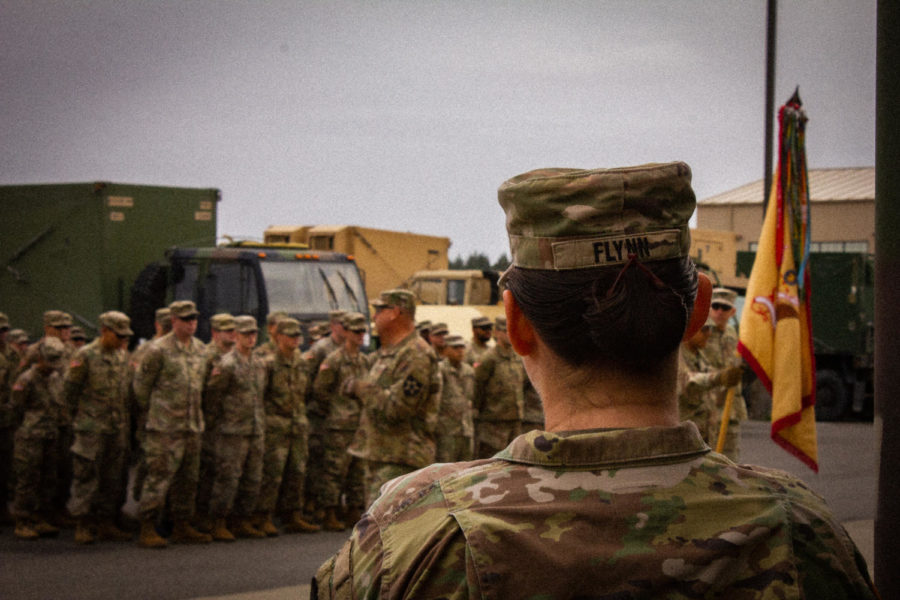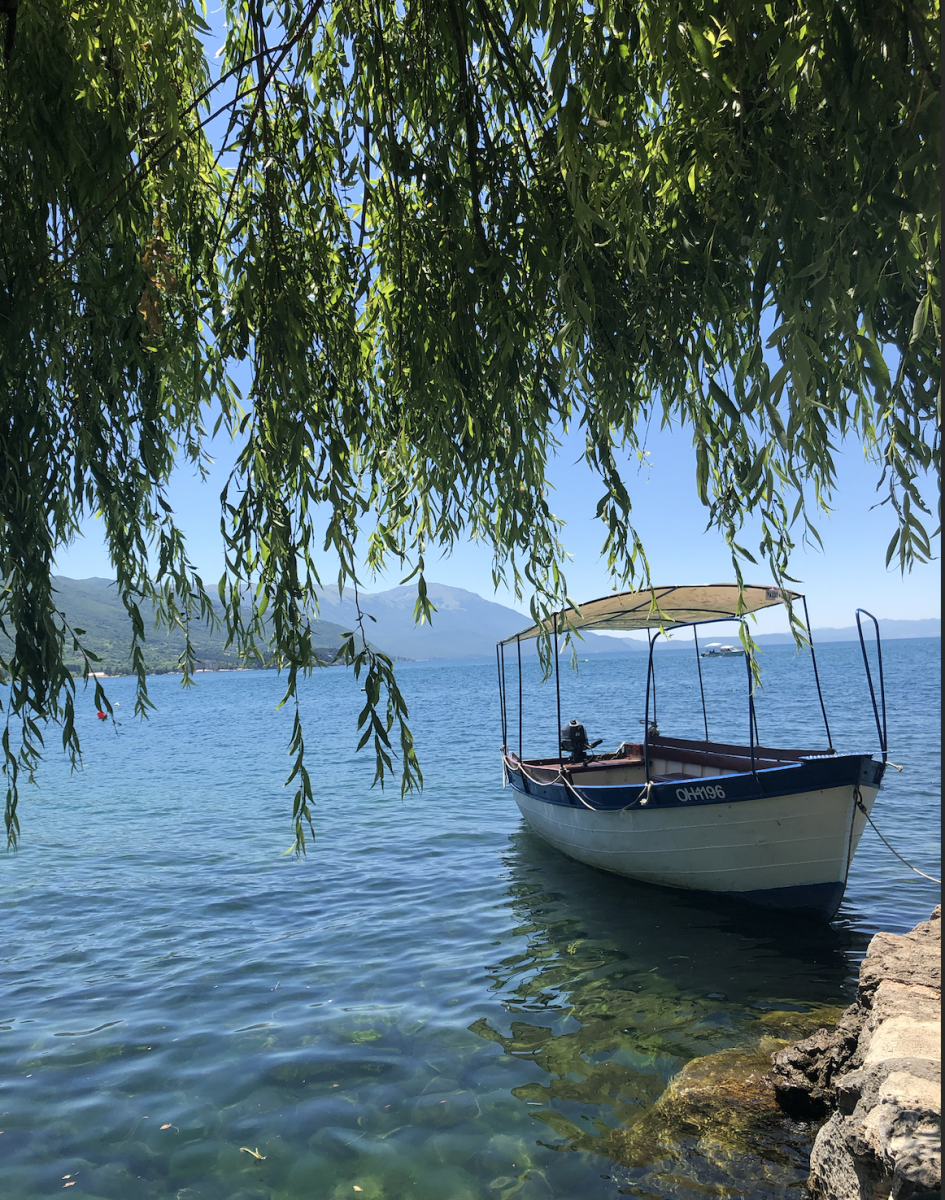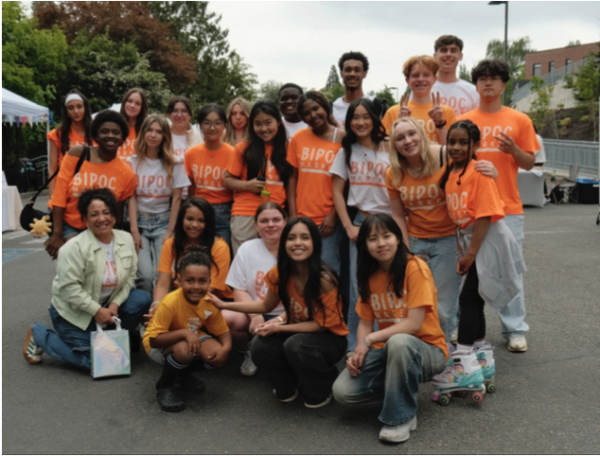Life on base
a personal perspective on everyday life on Joint-Base Lewis McChord
November 15, 2019
With the sounding of a canon, the base is up and at ‘em at 6:30 am to the sound of Revelry and a raised flag. A similar sound can be heard at 5:30 pm; another canon goes off and the sound of Retreat echoes through the base. For both occasions, it is required that all cars driving and people walking must stop and face the flag. This is just one part of everyday life on Joint-Base Lewis McChord. There are plenty of other things that make base living what it is. Below are some answers to the major questions I get asked.
“How do you get on and off and what do you do if you wish to bring a non-military affiliate onto the base?”
At the age of 10 each military dependent is required to get a special military issued ID. This is essentially your ticket in and out of the military base. Simply hand it to the guards at the base gate and you’re good to go. This ID can be used to get onto other military bases internationally and nationally, and for access to certain military amenities (discounts, entrance into certain shops, and standard identification). In the unfortunate case that you have left the base without your military ID (which I have done several times) no sweat if you are over 16, they will let you in by simply searching you in their database. For bringing a non-military person onto base under 18, a standard State Driver License or other form of ID can be used to get a visitors pass. Those over 18 must go to the visitor’s center located outside the base gate, where one of the following must be provided to gain a base pass:
- Permanent resident card
- U.S. Passport or U.S. Passport Card
- Foreign passport with a temporary I-551 stamp or temporary I-551 with printed notation on a machine readable immigrant visa
“What’s the shopping like?”
One of the many benefits of living on a military base is the discounted shopping. The main on-base department store is known as the “exchange” and the on-base grocery store is known as the “commissary.” Like most aspects of military life, these shops are a bit different from the shops off-base. Everything purchased on-base is tax free and there is a wide variety of international selections. Many families move all over the world, so the base does its best to tailor the food options to the diverse group of families they provide for.
“What are the living arrangements?”
Well, we don’t live in military bunkers underground if that’s the preconceived notion… There is everything from joint duplexes to townhouses to stand alone homes. The type of housing is consistent throughout a neighborhood, and each neighborhood on base is categorized by rank. For example, captains live in one neighborhood while enlisted officers live in another. I live in the Broadmoor neighborhood, where the homes are notably historic, so historic that former president Dwight D. Eishenhower used to reside in one of the homes.
“How different is it to off-base living?”
I could spend years listing out differences between the two, but for the sake of concision, I’ll focus on the most distinct characteristics. On JBLM, there are all sorts of educational institutions, from nursery to elementary schools to special sports programs. Unfortunately, JBLM is one of the few bases that doesn’t have on-base middle schools and high schools. Many primary school-aged children choose to attend the schools on base. By doing so, most have only a short five minute walk to school. Everything that you can think of that would be in a town JBLM has. Need your eyebrows done? They’ve got a place. In need of an intervention? JBLM has places. JBLM’s Madigan hospital and veterinary services ensure healthcare for both you and your pet.
In short, living on-base is like living in a safe city where you’ll have a close military community ready to welcome you and your family with open arms, with the occasional sound of rapid gun fire from the training grounds.










